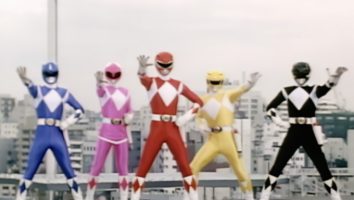Lego Systems, the North American division of the legendary construction-toy company, was the talk of New York Toy Fair after releasing astounding growth numbers at a time when consumer products sales have headed into a downward spiral. So how good were they? The toyco posted sales gains to the tune of 38% over the previous year.
Lego Systems now claims 3% share of the overall US toy market and essentially dominates the construction toy category, holding down 73% market share, up 7% from 2007 numbers.
President Soren Torp Laursen says the company’s atypical growth in this market can be traced back five or six years when Lego’s fortunes weren’t looking so rosy. ‘We looked at everything; the clarity of building instructions, the quality of the moulding, our TV communication,’ he says. ‘It was Marketing 101.’
Also helping was the adoption of a retail strategy wherein the company would negotiate for incremental increases in shelf space at major US retailers over time. It seems to have worked. According to Laursen, ‘We are fortunate enough that we can prove that every time retailers takes bets with us they win,’ he says. ‘We are now in a situation where Toys ‘R’ Us has our full range – Walmart and Target have two-thirds.’
Adding to Lego’s power is the happy confluence of its core play pattern with the increasing number of enthusiastic creators flocking to DIY websites such as Flickr and YouTube. YouTube.com, for example, currently hosts more than 170,000 movies that bring characters constructed from Lego bricks and sets to life – only two of which were produced by the company.
Speaking of digital, its recent success in co-branded games has also been driving popularity. To date, consumers have snapped up US$1 billion-worth of Lego video games, including 26 million copies of Lego Star Wars and Batman titles developed by UK-based outfit TT Games, which was purchased by Warner Bros. in 2007.
However, Laursen believes Lego’s strength is that the demand for core products is growing independently from Star Wars and Indiana Jones. That said, the company has been actively licensing-in new properties to combine with its old-school playthings, most recently scoring the master construction toy license for Disney’s host of popular properties. Laursen adds he is happy to look at different in-bound licensing opportunities in the next year. ‘We are not seeing movie-related business cannibalize our core,’ he says. ‘We are seeing the licenses add to it.’
In the coming quarters expect Lego to keep things rolling by releasing new iterations of its in-house hatched Bionicles franchise and launching a new brand contender, the Space Police.





















